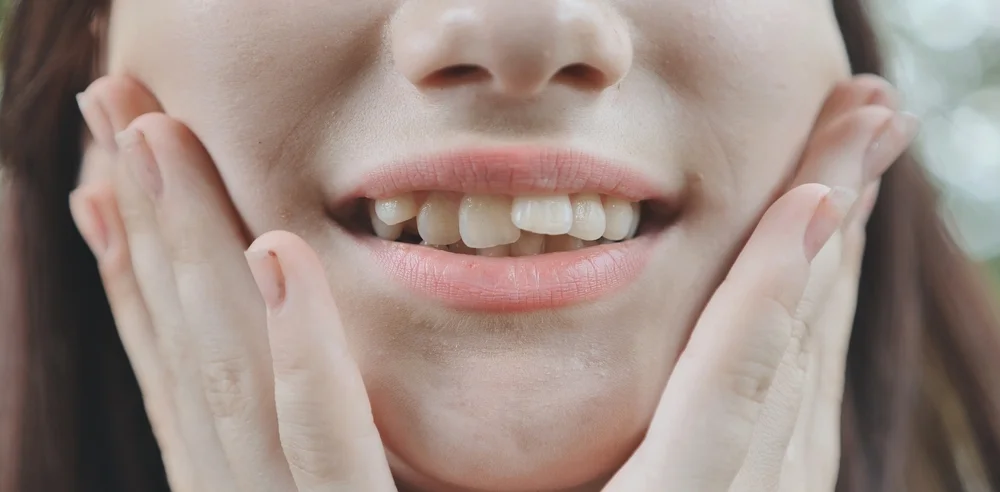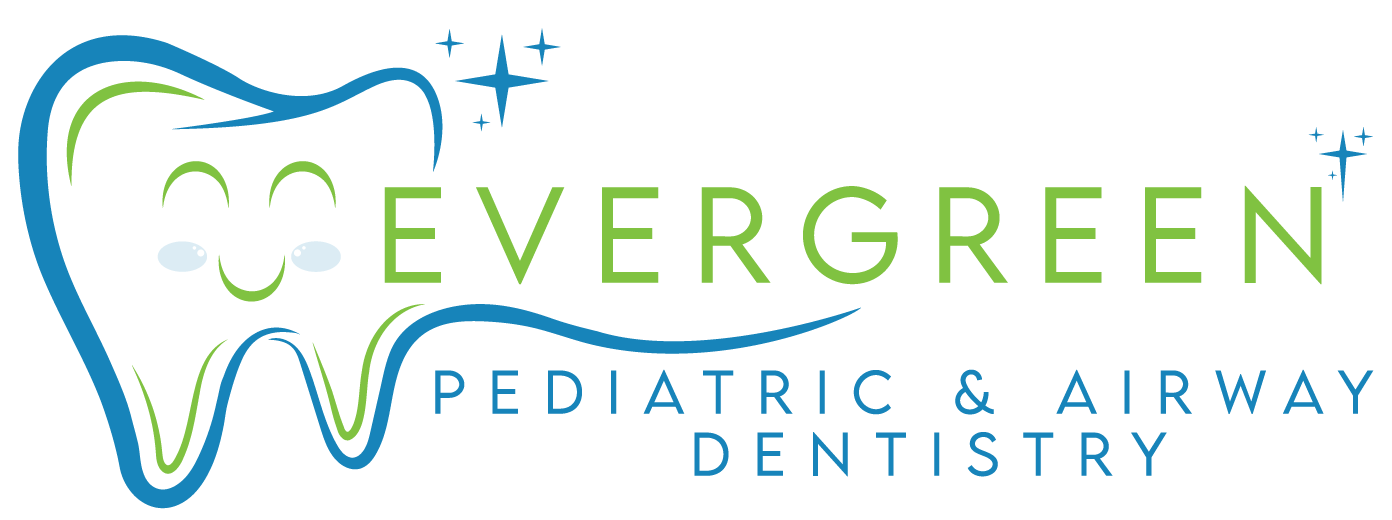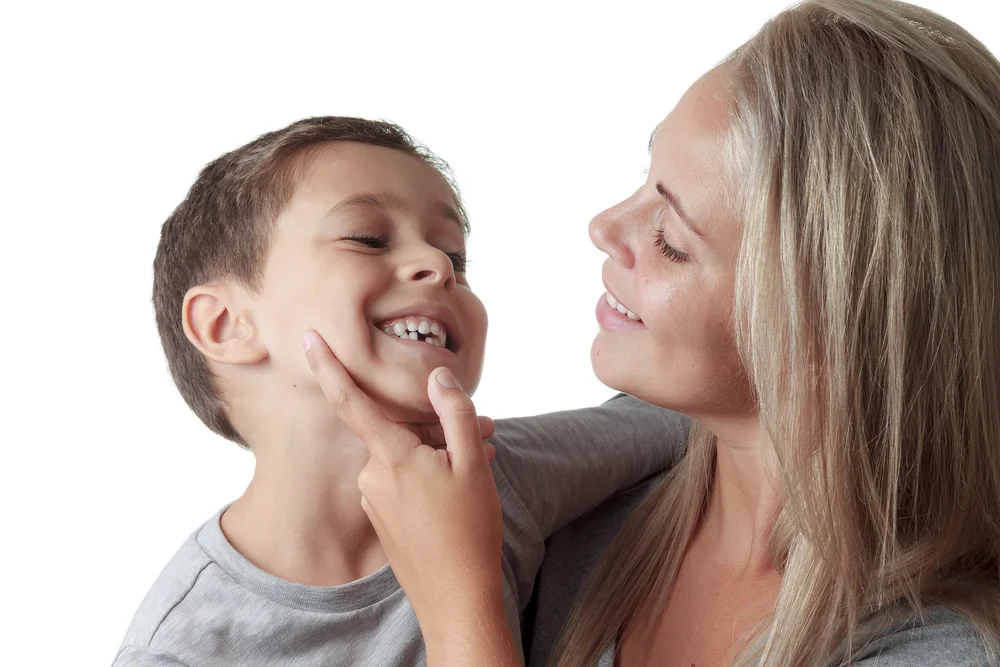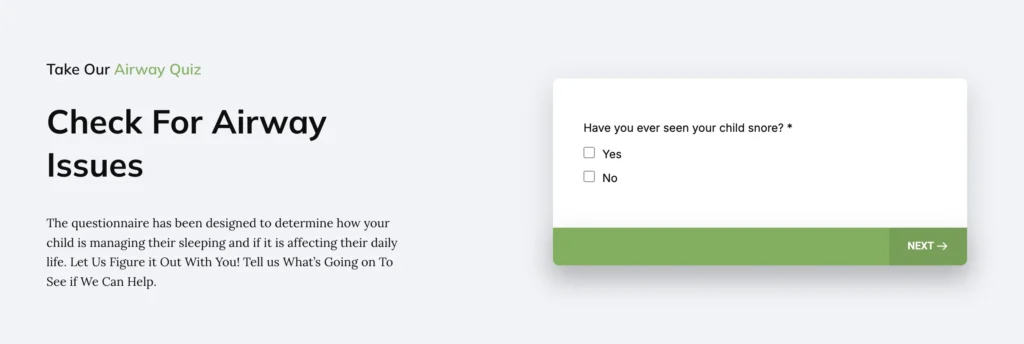While many focus on the visual appeal of crooked teeth, there’s a crucial backstory that’s often missed. Your child’s dental alignment is not just about aesthetics; it plays a significant role in your health, particularly your respiratory function.
Let’s dive into how Dr. Susan Kim at Evergreen Pediatric & Airway Dentistry in Kirkland Washington, navigates this intricate connection:
The Oral Health Symphony: Your kids teeth are like the keystones of an arch. When they’re not in sync, it can disrupt their breathing, especially during sleep, leading to issues like snoring or sleep apnea, which affect your child’s energy, focus, and overall well-being.
A Holistic Approach: Dr. Susan doesn’t just see teeth; she sees the entire breathing system. Her treatment plans are tailored to ensure your teeth not only look good but also support optimal airway function, potentially enhancing sleep quality and health.
Empowerment Through Insight: By understanding how your child’s teeth alignment can influence their breathing, Dr. Susan helps you take proactive steps toward better health, beyond just a straight smile.
Is Your Child’s Crooked Teeth Affecting Their Airway? Click The Image an Take Our Quiz!
The Impact of Crooked Teeth on Your Airway
Your child’s oral cavity is akin to a finely orchestrated instrument; when the teeth alignment falters, the entire symphony of breathing can become discordant:
Whole Body Health Impact: When teeth are misaligned, they can nudge the jaw position into unnatural alignments, setting off a chain reaction that might compromise your child’s airway health. This misalignment can contribute to broader health issues such as tension in the neck, headaches, and even TMJ disorders.
Sleep Disturbances: During the night, the effects of crooked teeth can manifest most notably. Misaligned teeth can lead to snoring due to obstructed airflow or could escalate to obstructive sleep apnea, affecting sleep quality and leading to daytime fatigue, cognitive impairments, and cardiovascular strain.
What Makes Teeth Go Crooked?
The path to crooked teeth can be as varied as the people who experience it. While some factors are beyond our control, others stem from habits and environmental influences that we can manage or mitigate. Here’s a closer look at what can throw teeth off their straight and narrow path:
Genetics – The Inherited Influence:
Family Traits:
Often, the blueprint for dental alignment is encoded in our DNA. If your family history includes instances of crowded or misaligned teeth, there’s a good chance you might inherit similar dental characteristics. Research indicates that genetics can account for up to 60% of the variance in dental crowding.
Jaw Size and Tooth Size:
Genetic factors also dictate the size of your jaw and teeth. If your child’s jaw is smaller than average or their teeth are larger, this mismatch can lead to overcrowding, pushing teeth out of alignment.
Lifestyle and Environmental Factors – The Acquired Contributors:
Childhood Habits: Habits like thumb-sucking beyond the age of 4 or 5, or the prolonged use of pacifiers, can exert pressure on the developing dental arch, leading to misalignment. It’s estimated that up to 40% of children engage in thumb-sucking at age 4, with a significant number continuing past this critical developmental stage.
Breathing Patterns: Mouth breathing, particularly during childhood when the facial structure is still forming, can lead to a narrow upper jaw, causing teeth to grow crookedly due to lack of space. Studies have shown that children who predominantly breathe through their mouth are more likely to develop orthodontic issues.
Tongue Thrust: If the tongue doesn’t rest against the roof of the mouth, it might push against the teeth when swallowing, which can result in an anterior open bite or protrusion of the front teeth.
Early Tooth Loss: Losing baby teeth prematurely, perhaps due to decay or trauma, can cause neighboring teeth to shift into the gap, disrupting the natural alignment path of the permanent teeth.
Diet: Soft diets lack the chewing resistance that helps to develop jaw muscles and promote the natural widening of the dental arch, potentially leading to less space for teeth.
By recognizing these causes, dental professionals can devise treatment plans that not only straighten teeth but also consider the underlying factors influencing dental alignment.
 The Airway Connection
The Airway Connection
Dental alignment does more than shape your child’s smile; it plays a pivotal role in how they breathe. When teeth are not where they should be, they can have a knock-on effect on your child’s jaw’s position:
Airway Squeeze:
When misaligned teeth force the jaw into a suboptimal position, it can lead to airway constriction. This narrowing can impede the airflow, particularly during sleep, which is when the body relaxes and the muscles controlling the airway become less active.
A study has shown that about 50% of children with sleep-disordered breathing have some form of dental malocclusion contributing to their condition.
Mouth Breathing:
Crooked teeth often encourage mouth breathing as a compensatory mechanism for restricted nasal passages. This habit can exacerbate dental alignment issues over time:
Facial Development: Chronic mouth breathing can alter facial growth patterns, leading to a longer, narrower face and a higher palate, which in turn reduces the space available for teeth, perpetuating the cycle of misalignment.
Dental Health: Mouth breathing bypasses the filtering, warming, and moistening effects of nasal breathing, increasing the risk of dental issues like dry mouth, which can lead to cavities, gum disease, and further misalignment.
Understanding this connection is crucial because it highlights the need for addressing dental alignment not just for cosmetic reasons but for maintaining or improving respiratory health.
Symptoms Your Teeth Might Be Choking Your Airway
Keep an eye out for:
Always feeling tired, even after a good night’s sleep?
Headaches in the morning?
A dry, sticky mouth when your child wakes up?
Trouble focusing or feeling like you’re in a fog?
Your child is a known snorer?
These could be signs your child’s teeth are not playing nice with their airway. It’s not just about air; misaligned teeth can mess with their sleep quality and how their brain functions. It’s a big deal!
Don’t let it slide! Ignoring this can lead to heart strain, mental fog, and other health issues over time. It’s like always trying to breathe through a straw.
Dr. Susan Kim’s Game Plan
Dr. Susan Kim at Evergreen Pediatric & Airway Dentistry isn’t just about straightening teeth; she’s focused on your child’s whole breathing system:
In-Depth Evaluations: She’ll take a close look at how your child’s teeth affect their airway.
Customized Roadmaps: Every treatment will be as unique as your child is, aimed at fixing both your child’s smile and their breathing.
Continuous Monitoring: She keeps an eye on your child’s progress, tweaking treatments as needed.
Act Now for Better Health
Don’t let crooked teeth steal your child’s breath away. Schedule a chat with Dr. Susan Kim and let’s get you children breathing right. Visit her site to learn how dental alignment can change the way they breathe.
Schedule Your Child’s Consultation Today!
Evergreen Pediatric Dentistry
https://www.google.com/maps?cid=14720788683151219551
12910 Totem Lake Blvd NE #103, Kirkland, WA 98034, United States
(425) 814-3196
https://evergreenkidsdentist.com/
Is Your Child’s Crooked Teeth Affecting Their Airway? Click The Image an Take Our Quiz!
Frequently Asked Questions
Can crooked teeth really cause breathing problems?
You bet. They can throw off your jaw position, which can narrow your airway.
Will straightening my teeth help my breathing?
In many cases, yes. It can help open up space for air to flow freely.
How soon can I expect to breathe better after treatment?
It varies, but you might feel a difference within months of starting treatment.
Do kids get hit harder by this issue?
Absolutely, their growing structures make early intervention key.
Can adults still benefit from treatment?
Definitely! It’s never too late to improve your breathing and smile.
Can my wonky teeth really affect how I breathe?
Definitely. It can change how your jaw sits, shrinking your airway.




